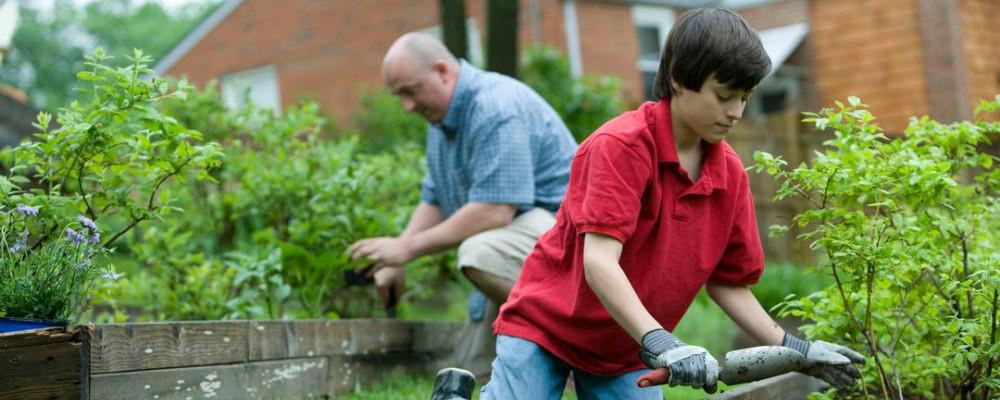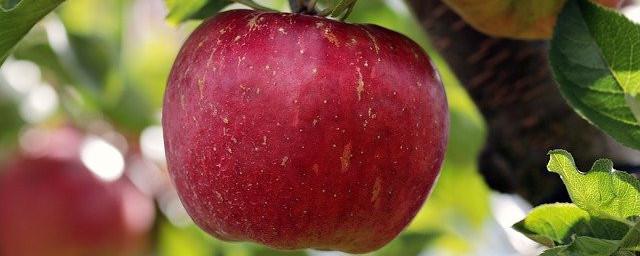Add Color to Your Garden
If you want to add some color and beauty to your garden, flowering shrubs are a great choice. They are easy to grow, require little maintenance, and provide year-round interest. Here are 12 of the best flowering shrubs for the garden and how you can grow them.
1. Hydrangea: Hydrangeas are popular for their large, showy clusters of flowers that come in various colors, such as pink, blue, white, and purple. They prefer moist, well-drained soil and partial shade. You can prune them in late winter or early spring to encourage new growth and blooms.

2. Azalea: Azaleas are evergreen or deciduous shrubs that produce masses of delicate flowers in spring. They come in many colors, such as red, pink, white, yellow, and orange. They like acidic, well-drained soil and partial shade. You can prune them after flowering to shape them and remove dead or diseased branches.

3. Rose: Roses are classic flowering shrubs that have been cultivated for centuries. They come in hundreds of varieties, shapes, sizes, and colors. They need fertile, well-drained soil and full sun. You can prune them in late winter or early spring to remove dead or damaged wood and improve air circulation.

4. Lilac: Lilacs are deciduous shrubs that produce fragrant clusters of flowers in late spring or early summer. They come in shades of purple, pink, white, and yellow. They need well-drained soil and full sun. You can prune them after flowering to remove faded blooms and thin out old stems.

5. Forsythia: Forsythias are deciduous shrubs that produce bright yellow flowers in early spring before the leaves emerge. They are fast-growing and can reach up to 10 feet tall. They need well-drained soil and full sun. You can prune them after flowering to control their size and shape.

6. Butterfly Bush: Butterfly bushes are deciduous shrubs that produce long spikes of flowers that attract butterflies and hummingbirds. They come in colors such as purple, pink, white, and yellow. They need well-drained soil and full sun. You can prune them in late winter or early spring to encourage new growth and blooms.

7. Camellia: Camellias are evergreen shrubs that produce large, elegant flowers in fall or winter. They come in colors such as red, pink, white, and yellow. They like acidic, well-drained soil and partial shade. You can prune them lightly after flowering to maintain their shape and health.

8. Rhododendron: Rhododendrons are evergreen or deciduous shrubs that produce clusters of flowers in spring or summer. They come in many colors, such as purple, pink, white, red, and orange. They like acidic, well-drained soil and partial shade. You can prune them lightly after flowering to remove dead or diseased branches.

9. Spirea: Spireas are deciduous shrubs that produce clusters of small flowers in spring or summer. They come in colors such as white, pink, and purple. They need well-drained soil and full sun or partial shade. You can prune them in late winter or early spring to remove old wood and stimulate new growth.
10. Hibiscus: Hibiscuses are tropical or hardy shrubs that produce large, showy flowers that last for one day. They come in colors such as red, pink, white, yellow, and orange. They need moist, well-drained soil and full sun or partial shade. You can prune them in late winter or early spring to remove dead or damaged branches and promote bushy growth.
11. Magnolia: Magnolias are evergreen or deciduous trees or shrubs that produce large, fragrant flowers in spring or summer. They come in colors such as white, pink, purple, and yellow. They need moist, well-drained soil and full sun or partial shade. You can prune them lightly after flowering to remove dead or diseased branches.
12. Lavender: Lavenders are perennial herbs that produce spikes of purple flowers that have a soothing scent. They need well-drained soil and full sun. You can prune them in late summer or early fall to remove and shape faded blooms.
Final Thoughts
None of these are difficult to grow. With patience and a little work, you can turn your yard into a colorful delight that will give you a lot of satisfaction.
To build a good soil base for your plants check this post on “compost for your garden“
Some links on this site may be affiliate links, and if you purchase something through these links, I will make a commission on them. There will be no extra cost to you and, you could actually save money. Read our full affiliate disclosure here.







